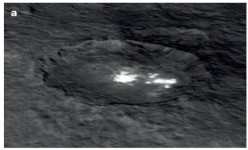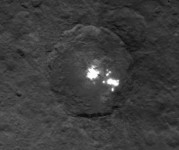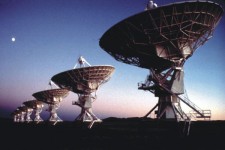New Discovery of Radio Pulsar with 76 Second Period Proves ETI Beacon Theory

On May 30, 2022, a consortium of astronomers led by Manisha Caleb published an important paper in Nature Astronomy journal of the discovery of PSR J0901-4046, a radio pulsar with a 76 second pulse repetition period. This pulsar calls attention to itself by sending out a bright pulse of radio emission every 76 seconds, the pulse lasting anywhere from about half to one second in duration. This finding puts one more nail in the coffin of the lighthouse pulsar theory. More









